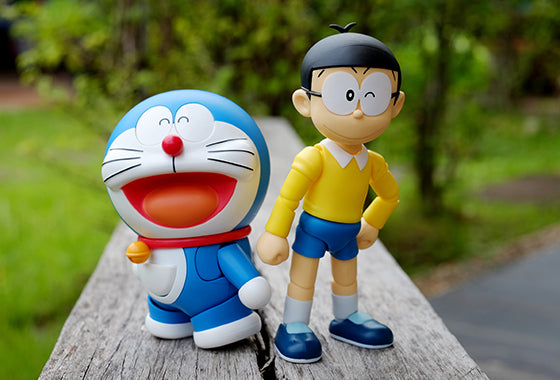
Things to Look for in Cartoons Part I
1. Colour
While there are many resources helping students gain skills in analyzing written articles, few are specifically focused on cartoons. Below are 10 things you should look for in cartoons. These are common techniques used by illustrators and are a fantastic starting point in cartoon analysis.
In colored cartoons, there are myriad of things you can look for. Ask yourself these questions:
- What colors did the illustrator use?
- What colors are used most? Least?
- Is there a repetition of colors?
- Is there only one color?
Colours can be separated into two groups – warm colors and cool colors. Warm colors including red, orange and yellow may be used to evoke feelings of comfort and warmth. It can also be used to express anger and embarrassment. Meanwhile, cool colors including blue, green and purple may represent calm and tranquility. Otherwise, it can mean sadness and misery (download our full guide on cartoon analysis below which includes finer details about color meanings).
Remember that a group of colors can represent an overall meaning:
- Red, blue and white – can represent Australian flag and symbolizes patriotism.
- Red, orange, and dark brown – can represent earth and nature.
While analyzing colorful cartoons, also consider that many cartoons are black and white. Although these cartoons lack color, illustrators use other methods to create meaning.
- What shading is used? – heavy shading can mean power and solidity; light shading can indicate frailty and insignificance.
- What textures/patterns are used? – smooth or rough.
- What shapes are there?
2. Size
Size is an important element in cartoons and one that is often quite obvious. Investigate:
- Is anything disproportioned?
- Exaggerated? Under-exaggerated?
- What is large and what is small?
3. Labelling
- What is labeled?
- What do the labels say?
- Do the labels tell us the situation? Person? Time change?

Post a Comment!